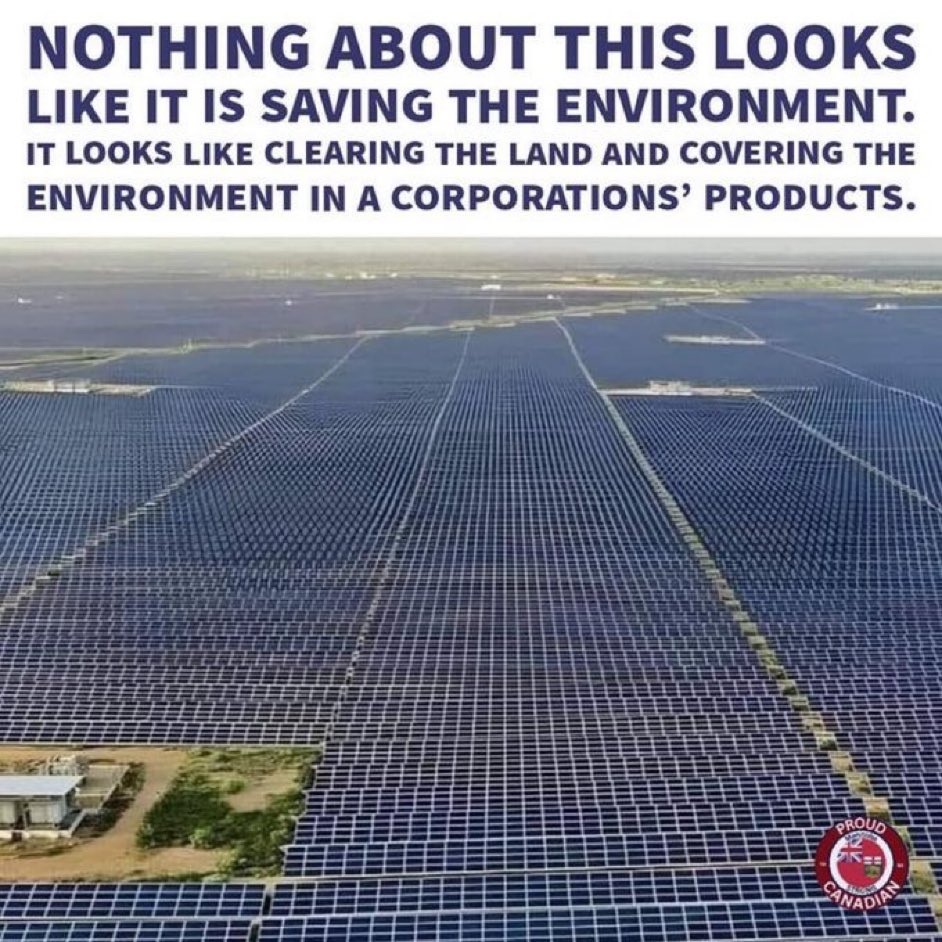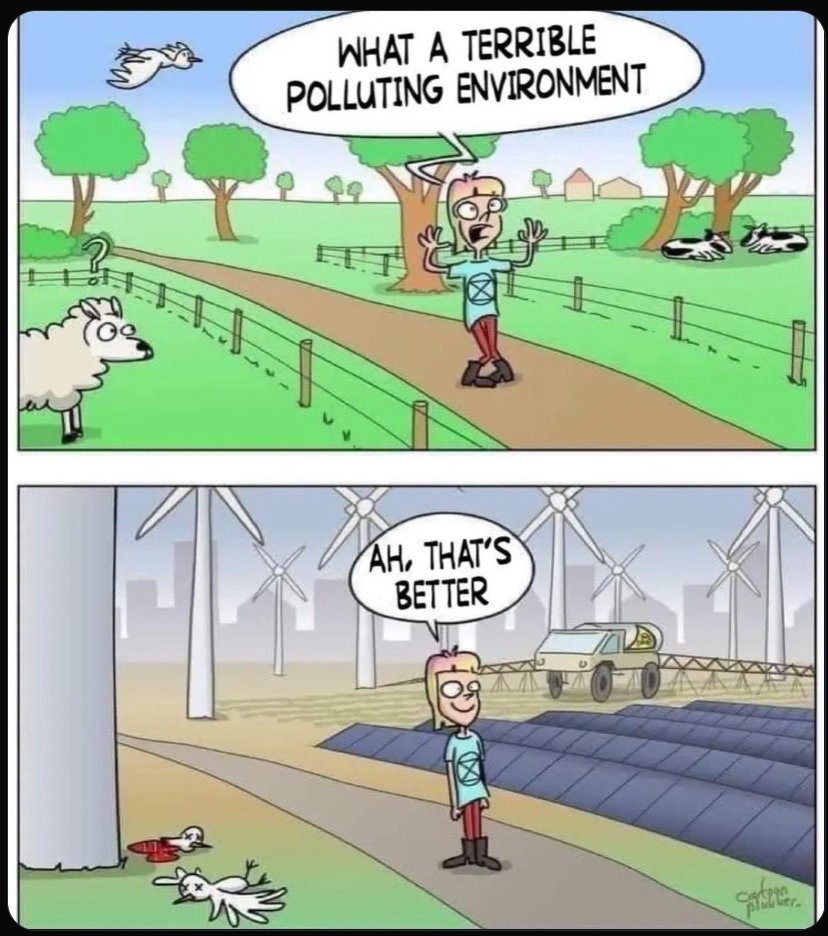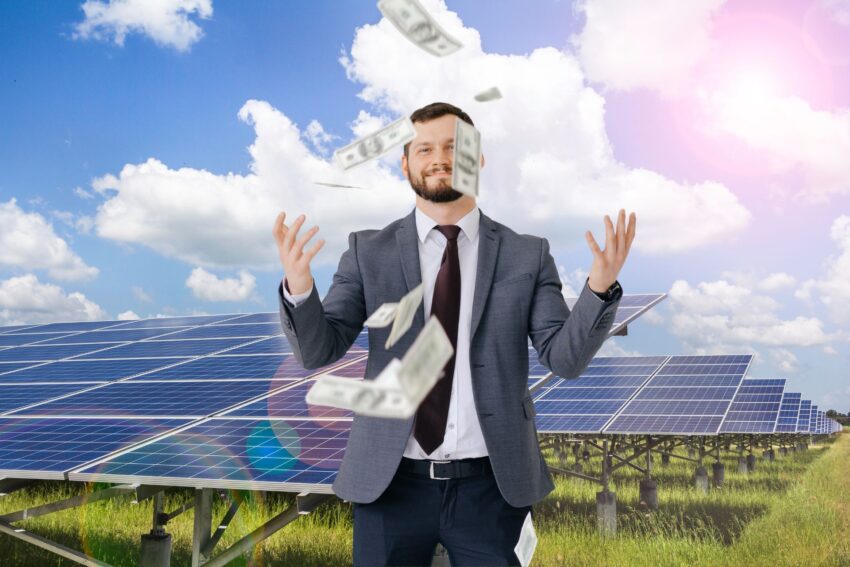The push for renewable energy has been sold as a moral imperative to save the planet, but the reality of solar arrays—sprawling fields of panels blanketing natural landscapes—raises serious questions about their environmental credentials. Far from being a harmonious solution, solar farms often resemble an industrial takeover of nature, a mechanical cancer spreading across fields and hillsides. The notion that covering the earth with Chinese-manufactured solar panels is inherently “green” is not just questionable—it’s absurd when you dig into the details.
The Environmental Cost of Solar Arrays
Solar panels are marketed as clean energy, but their lifecycle tells a different story. The production process is energy-intensive and polluting. Most panels are made in China, where coal-powered factories dominate, emitting vast amounts of carbon dioxide and other pollutants. Mining for raw materials like silicon, cadmium, and rare earth metals scars the earth, disrupts ecosystems, and often relies on exploitative labor practices. Once installed, solar arrays disrupt local habitats, fragmenting ecosystems and displacing wildlife. From above, these installations look less like a green utopia and more like an alien grid imposed on nature’s curves—a sterile, reflective sprawl that smothers the soil beneath.

Then there’s the endgame. Solar panels have a lifespan of about 20-30 years, after which they become hazardous waste. Recycling options are limited and expensive, meaning many end up in landfills, leaching toxic chemicals into the ground. The environmental toll of replacing these arrays every few decades undermines the narrative of sustainability. If the goal is to protect nature, paving over it with industrial hardware seems like a perverse way to go.
Trump’s Stance and the Solar Conundrum
Former President Donald Trump has been vocal about his disdain for certain renewable energy projects, particularly wind farms. He’s called them eyesores, blamed them for bird deaths, and even claimed they lower property values—a stance that resonated with his base. During his presidency, he has used executive orders to roll back subsidies and environmental regulations that propped up wind energy, arguing they distorted markets and prioritized ideology over economics. Yet, Trump has been less explicit about solar farms. Unlike wind turbines, solar arrays haven’t drawn his public ire in the same way, perhaps because they lack the same visual prominence or because allies like Elon Musk, a vocal solar advocate, have influenced the conversation.
Musk’s company, Tesla, has heavily invested in solar technology, and his vision of a solar-powered future aligns with the broader renewable energy push. Trump’s reluctance to directly target solar may reflect a pragmatic nod to such allies or a recognition that solar’s quieter footprint makes it less of a political lightning rod. However, his broader agenda of slashing climate-related funding—evident in his moves to defund renewable energy grants and loosen environmental protections—has ripple effects. Without federal subsidies, solar farm expansion slows, as developers rely heavily on taxpayer dollars to offset high installation costs. This indirect approach may curb solar’s growth without requiring Trump to take a firm stand against it.
Agrivoltaics: A Dubious Compromise
In recent years, the concept of “agrivoltaics”—combining solar panels with agriculture—has gained traction as a supposed win-win. Farmers are encouraged to lease their land for solar arrays while continuing to grow crops or graze livestock beneath them. Proponents claim it boosts farm income while advancing clean energy. In practice, however, agrivoltaics often feels like a bait-and-switch.

For one, the presence of solar panels alters the microclimate, reducing sunlight and changing soil moisture levels, which can harm crops. Livestock face challenges too—cows and sheep don’t thrive in the shadow of industrial infrastructure, and maintenance crews disrupt grazing patterns. Many farmers also resent the pressure to convert productive farmland into energy hubs, seeing it as a betrayal of their way of life. In places like the Midwest, where agriculture is a cultural cornerstone, pushback is growing. Local communities have rallied against solar projects, citing concerns about lost farmland, altered aesthetics, and dubious long-term benefits. In 2024 alone, dozens of proposed solar farms faced zoning battles or outright rejections in rural counties, as residents demanded their landscapes remain untouched.
The Bigger Picture
The irony of solar arrays is that they’re sold as a solution to environmental degradation while contributing to it in their own way. They trade a natural and needed gas—carbon dioxide—for land disruption, resource depletion, and waste. Meanwhile, the global reliance on Chinese manufacturing ties solar’s growth to a nation with lax environmental standards, undercutting the moral high ground of the clean energy movement.
This isn’t to say that “fossil fuels” are necessarily the long-term solution for our energy needs. But the rush to blanket the earth with solar panels ignores trade-offs that deserve scrutiny. Energy solutions should prioritize resilience, minimal ecological disruption, and long-term viability, not just optics or ideology. When you see a solar farm swallowing a meadow, it’s hard to shake the feeling that we’re replacing one problem with another, dressing it up as progress while nature pays the price.
Trump’s broader skepticism of the green agenda, even if inconsistently applied, taps into a growing unease about these contradictions. Farmers, too, are drawing a line, rejecting the idea that their land should be sacrificed for a questionable vision of sustainability. Solar arrays may have a role in the energy mix, but pretending they’re a cure-all—or even truly “clean”—is a fantasy we can’t afford to indulge.


